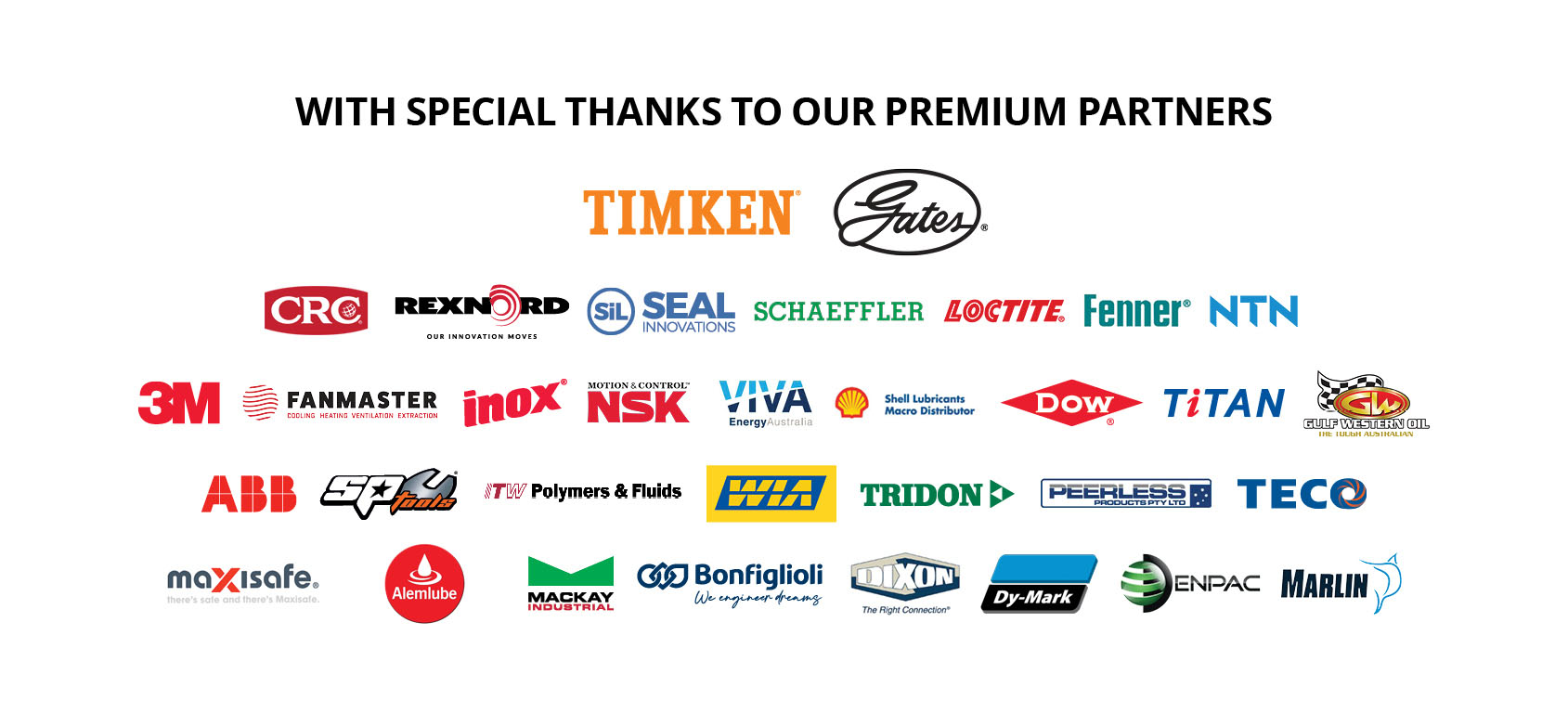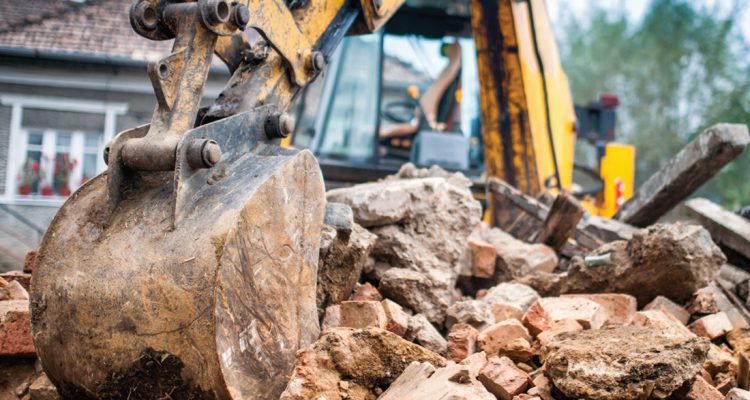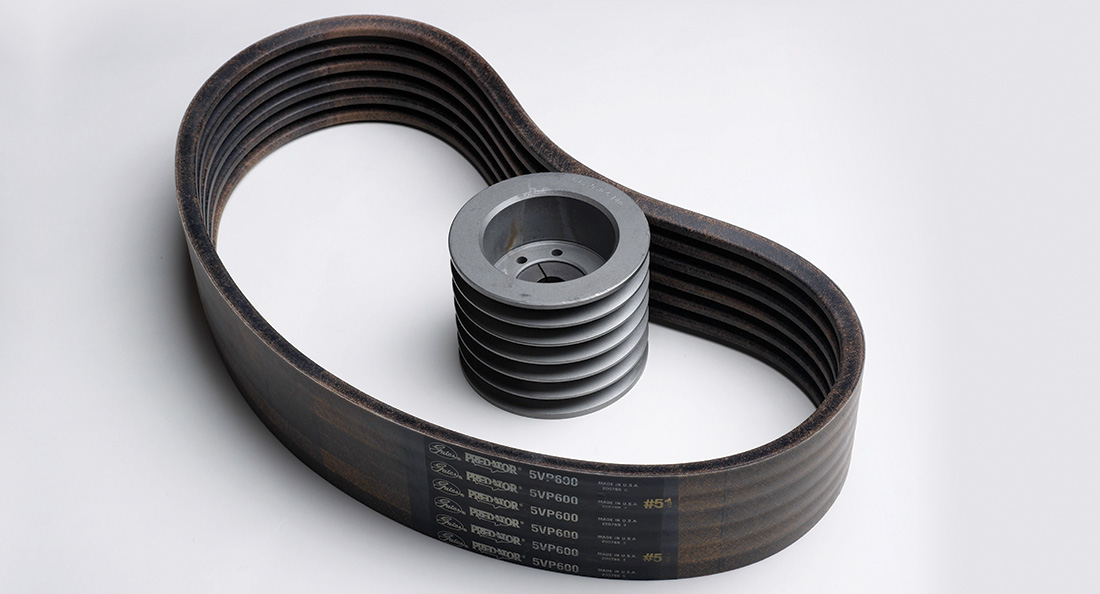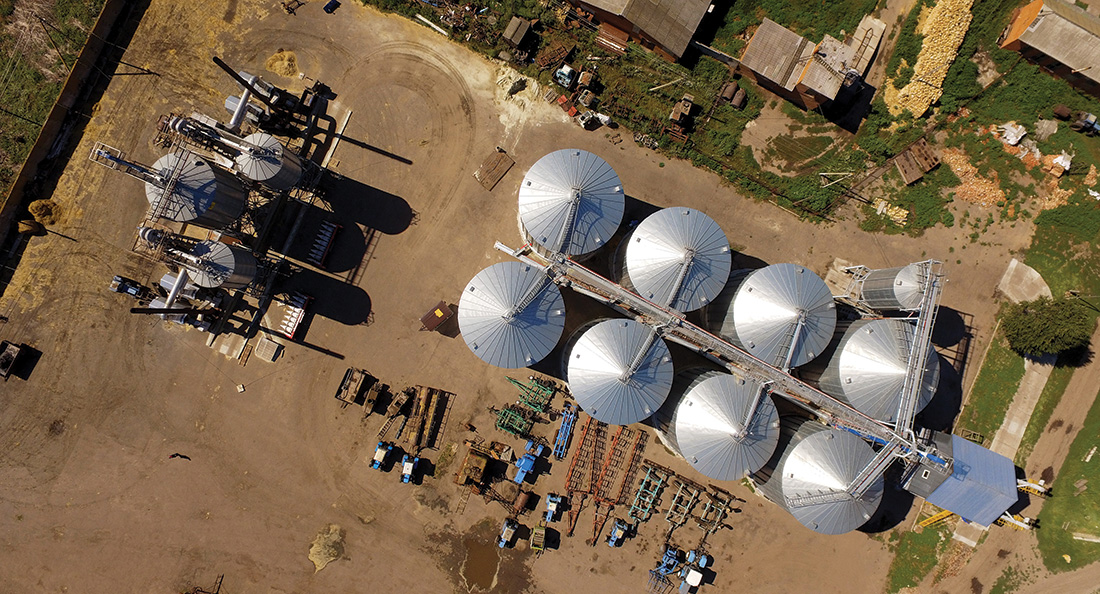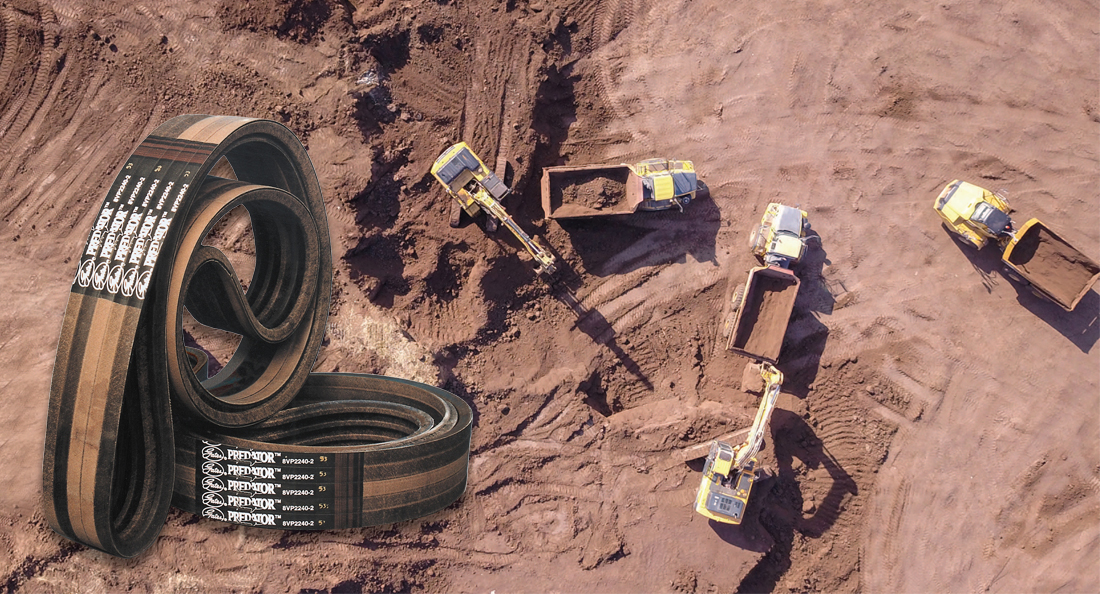The City Circle Group (CCG) are well versed on the rough and tumble of harsh operating conditions. This is the result of being heavily involved in the recycling of building and construction waste for more than 40 years.
Since its inception in 1981 by the Skidmore Family, CCG has built a reputation in providing demolition, decommissioning, remediation, excavation, and recycling services in Australia. Over time, the business group has grown to offer a diverse range of expert services tailored to each project.
CCG’s culture has a strong regard for the environment, which is emphasised by the introduction of sustainable practices into all their business activities.
Until the mid-1990s, concrete demolition and brick rubble was consistently sent to landfills. CCG was one of the first to pioneer the zero-waste when they established their first recycling centre in Melbourne in 1999.
Josh Ralston is the Recycling Operations Manager for the recycling side of City Circle Group. He is responsible for overseeing the CCG recycling centres operating across Victoria.
He explains why conveyor systems and other machinery used by the CCG team need to be particularly resilient in harsh working conditions.
“We crush down blocks of concrete as big as one metre by one metre down to 200-millimetre size,” says Josh. “From there, this crushed material runs along a conveyor system to another crusher called an impact crusher for further refinement. All of the material we produce is VicRoads accredited and goes on to be implemented in the construction of roadways, pathways, driveways, and subdivisions.”
The process of dismantling, demolishing, and deconstructing a building is arduous and requires robust equipment that can handle large volumes of bricks, concrete blocks, steel rods, and debris.
At the CCG recycling centres, the materials received are crushed through jaw crushers which have Gates Predator™ v-belts driving them. The Gates Predator™ v-belts are Teflon® jacketed, with Aramid tensile cords inside, capable of handling 53 kW of power per strand and an increased load capacity.
According to Josh, the Gates Predator™ v-belts outlast standard belts by two to three times.
Chula Jayawardene, Technical Sales Specialist at CBC, Dandenong South visits the CCG site nearly weekly to help with supply of industrial components and engineering services from CBC. Chula explains why CBC offered the Gates Predator™ v-belts as a more effective drive solution for CCG’s conveyor applications.
“Compared with standard v-belt drives, the compact Predator™ drives provide up to 30% greater power capacity at half the width and weight, a third of the cost, and with no change in shaft loads. The result is a higher efficiency solution with reduced load on the shaft and bearings, and a pulley that are half the width,” explains Chula.
“In harsh, dry, and dusty conditions such as the CCG recycling centres, where belts are taking a lot of impact and trauma, a standard belt would last on average only about six months. Whereas the Gates Predator™ v-belts can be expected to last up to a year under such conditions.”
CCG has provided recycled products to notable projects as the Western Ring Road Freeway (M80), the Westgate Freeway widening project (M1), new residential developments, as well as government, municipal and commercial infrastructure projects.
CCG has some impressive figures to back up the success of their recycling operation. They employ 140 people and recycle approximately 1.5 million tonnes of material every year across three locations in Brooklyn, Dandenong, and Melton.
Gates Predator® V-belts Features and Benefits
- 53.5 kW/strand drive power
- Premium Rubber compound
- Gates curves
- Maintenance free
- Aramid tensile cords easily handle shock loads
- Bareback cover protects against slippage and punctures
- Replace MTO 8V drives with Standard SPC ones
- Oil and heat resistant chloroprene compound body, rated for 80°C, outperforms other rubbers in harsh operating conditions
